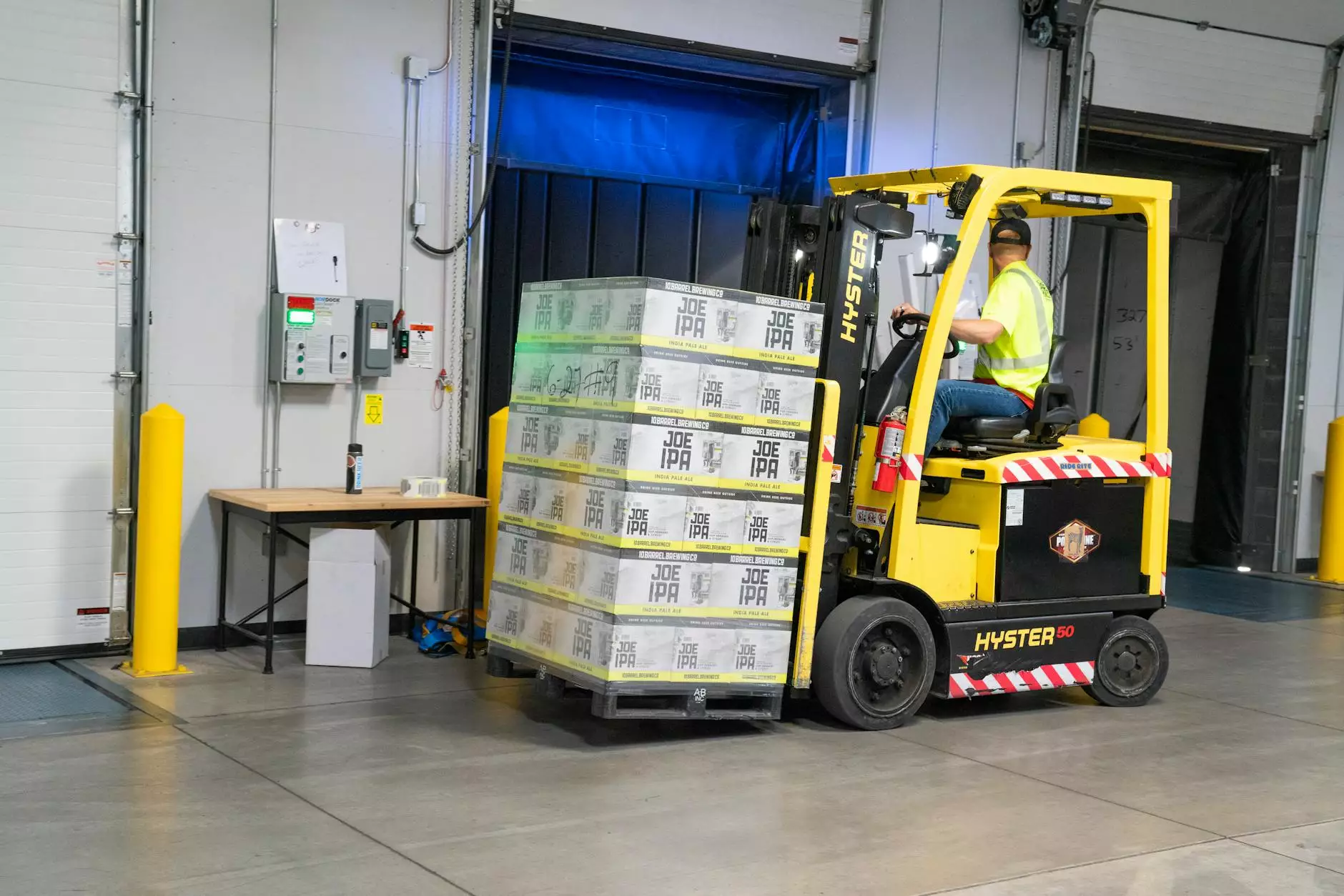Understanding the Importance of OSHA H2S Training

In today's industrial landscape, safety is the top priority. One of the most critical areas of focus is the management of hazardous substances. Specifically, hydrogen sulfide (H2S) is a colorless gas known for its toxic properties. With incidents reported worldwide, effective training surrounding H2S is paramount. This article delves into OSHA H2S training, highlighting its significance, objectives, and methods for ensuring workplace safety and health compliance.
What is OSHA H2S Training?
The Occupational Safety and Health Administration (OSHA) provides guidelines to ensure the safety of workers across various industries. OSHA H2S training is designed to educate employees about the dangers associated with hydrogen sulfide gas, as well as the necessary precautions and procedures to minimize exposure risk.
Why is OSHA H2S Training Essential?
H2S is often referred to as "sewer gas" and can be found in various industrial processes, including oil and gas extraction, sewage treatment, and some chemical manufacturing. The gas poses severe health risks, including:
- Respiratory distress: Inhalation can lead to coughing, shortness of breath, and in extreme cases, death.
- Neurological effects: High levels can cause loss of consciousness and nerve damage.
- Environmental hazards: Uncontrolled release can jeopardize the safety of surroundings.
Given these potential dangers, OSHA mandates training to ensure all employees who may encounter H2S in their work environment are adequately prepared.
Key Objectives of OSHA H2S Training
- Acknowledgment of the Risks: Understanding the properties and dangers of H2S.
- Safe Work Practices: Learning the proper measures to avoid exposure.
- Emergency Response: Preparing for potential H2S release scenarios and knowing how to act.
- Compliance with Regulations: Ensuring employees understand and adhere to OSHA regulations and industry standards.
- Empowerment of Employees: Providing workers with the knowledge and skills they need to protect themselves and their colleagues.
Who Needs OSHA H2S Training?
Identifying who requires training is fundamental in promoting safety in any workplace that potentially exposes employees to hydrogen sulfide gas. Essential groups include:
- Operators: Employees working directly with pipelines or machinery that may release H2S.
- Emergency Responders: Personnel responsible for dealing with leaks and emergencies involving H2S.
- Supervisors: Individuals managing teams in H2S-prone locations.
- Maintenance Staff: Workers involved in repairs or inspections of equipment that could release hydrogen sulfide.
Training Content: What to Expect
OSHA H2S training programs can vary, but they generally encompass the following critical topics:
1. Understanding Hydrogen Sulfide
This section includes the chemical properties of H2S, where it can be found, and its potential health impacts. Participants learn to identify situations while working in hazardous environments.
2. Detection Methods
Knowing how to detect hydrogen sulfide is essential. Trainees are educated about:
- H2S Detection Devices: Familiarization with sensors and detectors designed to sense H2S presence.
- Warning Signs: Recognizing the scent of rotten eggs (low concentrations) and understanding when to leave the area.
3. Personal Protective Equipment (PPE)
The correct use of PPE is critical for protection against H2S exposure. Training includes:
- Respirators: Types of masks required when dealing with H2S-fueled environments.
- Protective Clothing: Selection and proper use of gloves and suits.
4. Safe Work Practices
Participants will learn best practices for safely conducting operations in environments at risk of H2S exposure. These include:
- Ventilation: Implementing measures to ensure adequate airflow.
- Work Area Protocols: Establishing protocols for equipment checks and monitoring.
5. Emergency Response Procedures
A significant component of the training revolves around what to do in case of an H2S release or exposure. Key training elements include:
- Evacuation Plans: Development of clear evacuation routes and procedures.
- Medical Response: Understanding first aid and the importance of contacting emergency services.
Methods of Training Delivery
OSHA H2S training can be delivered through various methods, depending on the organization’s needs. Popular formats include:
1. In-Person Training
Hands-on training allows participants to engage actively, gain practical experience, and interact directly with instructors to ask questions.
2. Online Training
With advances in technology, many organizations now offer online training courses that are flexible and accessible. These courses can include interactive components, video demonstrations, and assessments to ensure comprehension.
3. Hybrid Training
A combination of in-person and online methodologies that comprehensively address the demands of varied learning styles.
Certification and Compliance
Upon completing OSHA H2S training, participants typically receive certification. This certification verifies their knowledge and skills in handling H2S safely and complying with OSHA regulations. Some critical points include:
- Duration Validity: Certifications often have an expiration and need renewal, ensuring that knowledge remains current.
- Record Keeping: Employers should maintain records of employee certifications for compliance and safety audits.
Conclusion
In conclusion, OSHA H2S training is not just a regulatory requirement; it is a vital investment in the safety and health of workers in potentially hazardous environments. Empowering employees with knowledge and skills to manage H2S effectively enhances workplace safety and complies with legal obligations. Organizations like h2sonlinetraining.com offer comprehensive courses tailored to educational services that focus on promoting awareness and understanding around hydrogen sulfide risks. By prioritizing training, companies ensure a safer work environment, thus safeguarding their most valuable asset—their employees.









